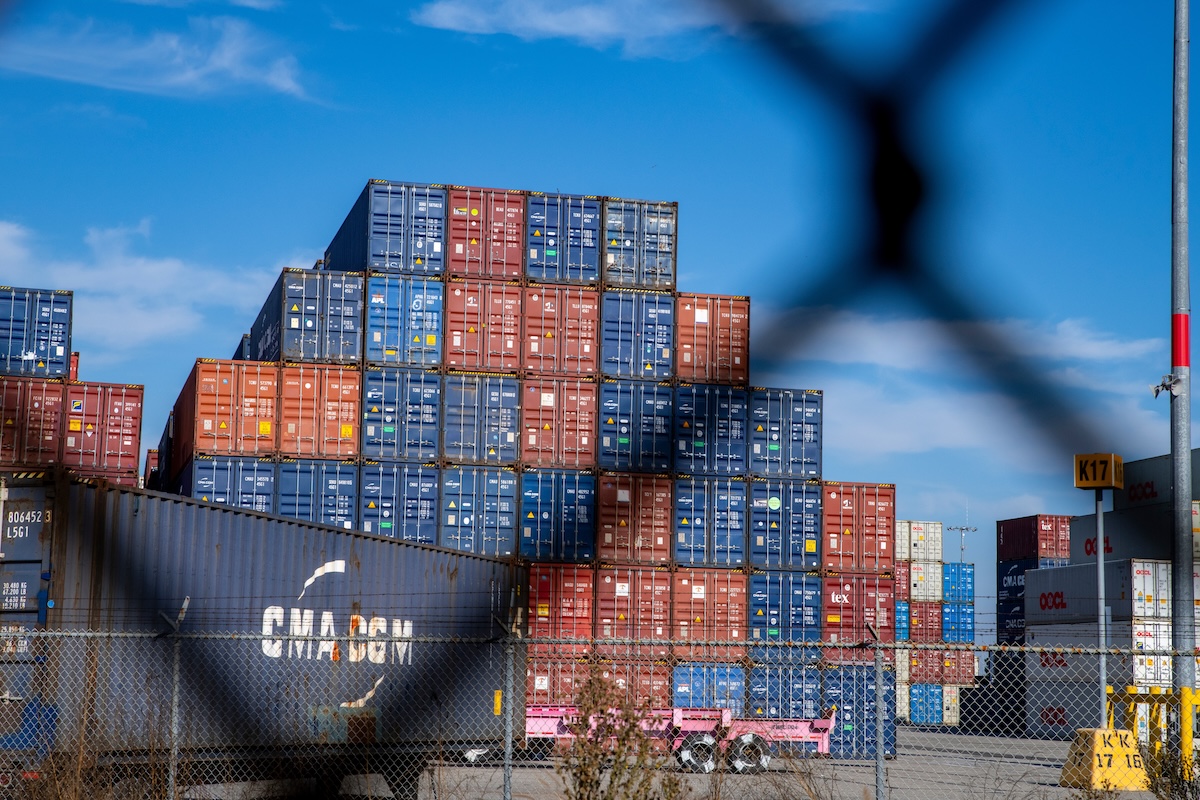
Six months in, the tariff experiment is starting to deliver its first real data, and the results aren’t quite what the market expected.
In a new report released Friday on the impact of President Trump’s “Liberation Day” tariffs, Morgan Stanley strategists highlighted several ways the consensus view has been wrong so far.
While people warned that the tariffs could cause a recession, the economy has continued to hum along.
Many on Wall Street expected the return of a bear market, but the bull market has continued to hum along. And even though the “sell America” mantra initially sent Treasuries and U.S. equities tumbling back in April, both have recovered and rallied.
The report, written by Morgan Stanley global investment strategists Madison Faller and Federico Cuevas, noted that a global 60/40 stock-bond portfolio has gained over 20% since Trump’s tariffs were implemented.
One of the reasons that some of the most dire outcomes have been avoided thus far is that a lot of U.S. companies on the S&P 500 were operating from a position of strength and could weather the storm.
They have also shown an ability to pivot in the face of significant macroeconomic disruption.
While a number of companies canceled their guidance during Q1 earnings season amid “unprecedented uncertainty,” they quickly maneuvered and “didn’t sit still,” according to Faller and Cuevas.
“Strong balance sheets and healthy margins enabled them to adapt – diversifying supply chains, near-shoring, adjusting pricing and investing in tech to manage costs,” they said.
For instance, Faller and Cuevas pointed to a recent survey of 300 executives from KPMG that found 60% of companies are exploring the possibility of “reshoring production,” or rather, moving manufacturing back to the US.
“Despite all the back-and-forth and headline risks, what stands out is rapid adaptation,” the analysts said. “Firms have restructured supply chains, embraced innovation and found new ways to navigate disruption. Markets have powered ahead, largely unfazed by political gridlock.”
Companies offloading costs to consumers
Even though American companies have shown an ability to absorb Trump’s tariffs, Goldman Sachs economists Elsie Peng and David Mericle say US consumers will bear the brunt of the impact.
In a note released to clients on Sunday, Peng and Mericle said that more than half of the tariff costs will end up being shouldered by US consumers this year, as Bloomberg noted.
The expectation, according to Goldman, is that US companies will begin passing the higher costs off onto their customers.
"At the moment, however, U.S. businesses are likely bearing a larger share of the costs because some tariffs have just gone into effect and it takes time to raise prices on consumers and negotiate lower import prices with foreign suppliers," the note said.
In fact, consumer prices tracked by the U.S. Bureau of Labor Statistics have increased every month since April, when Trump’s tariffs went into effect.
“If recently implemented and future tariffs have the same eventual impact on prices as the tariffs implemented earlier this year, then US consumers would eventually absorb 55% of tariff costs,” Peng and Mericle said.
Goldman’s projections did not factor in Trump’s latest threats made against Beijing on Friday, in which he proposed increasing his tariffs on China to 100%.
“We are not assuming any changes to tariff rates on imports from China, but events in recent days suggest large risks,” the analysts said.
Trump appeared to walk back those threats against China on Sunday in a post on Truth Social, encouraging people not to worry about China and insisting that “it will all be fine!”
“Highly respected President Xi just had a bad moment,” Trump wrote. “He doesn’t want Depression for his country, and neither do I. The U.S.A. wants to help China, not hurt it!!!”
Your email address will not be published. Required fields are markedmarked